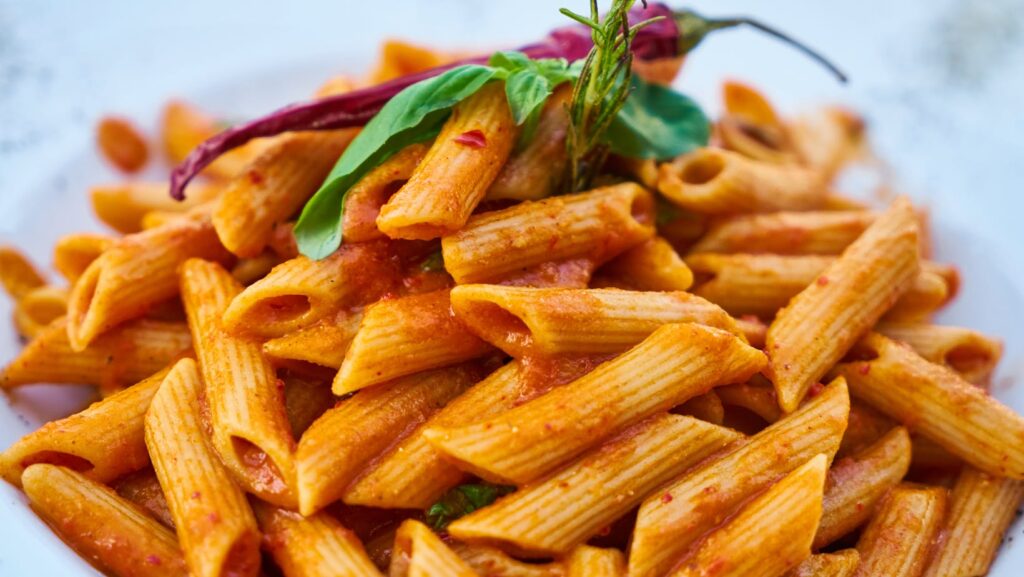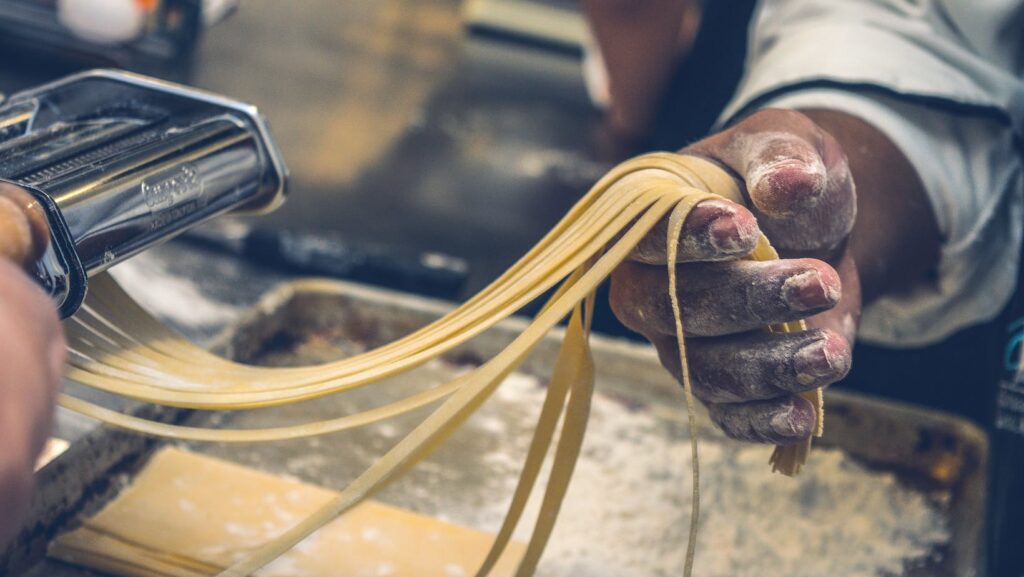Picture yourself in a bustling Italian kitchen, the aroma of fresh basil, ripe tomatoes, and garlic wafting through the air. This isn’t just a scene from a movie; it’s a slice of Italy’s rich culinary history. A journey that’s as flavorful as it is fascinating, Italian food history is a tale worth savoring.
Italian Food History
Delving deeper into the roots of Italian cuisine reveals its colorful and storied past. It’s a fascinating exploration that extends beyond famous dishes to the predecessors of Italy’s cuisine.
Ancient Roman Contributions
Firstly, consider the Ancient Roman period, a pivotal era in the evolution of Italian cuisine. Back then, gastronomy started taking a substantial shape. For instance, ‘Apicius’, the oldest known cookbook, dates back to this period, signifying the Romans’ interest in cooking and food. It was during these times, Italy introduced ‘Garum’, a fermented fish sauce, remarkably similar to Southeast Asia’s modern fish sauces.
During the reign of the Roman Empire, elements such as cooking techniques, dining customs, and preservation methods permeated Italian cuisine, leaving an indelible impression. Traces of their contributions can be found in contemporary Italian gastronomy, evident in items such as pasta, pizza, and risotto.

Influence of the Middle Ages
Next, turn to the Middle Ages, which brought significant changes to Italian cuisine. Specifically, the introduction of exotic spices and the wider use of ingredients transformed the nature of Italian food. Thanks to the Middle East and Asia’s influence, spices like saffron, cinnamon, and nutmeg made their way to Italian kitchens. These spices, alongside prevalent use of local ingredients such as olives, tomatoes, and garlic, are instrumental in shaping what Italian cuisine is today.
Moreover, during the Middle Ages, Italy saw the development of various cooking schools, leading to the commercialisation of cooking. Thus, the Middle Ages not only introduced pivotal flavors into Italian cuisine but also played a significant role in advancing and shaping Italian food culture. The time’s influence continues to echo in today’s Italian dishes, testament to the enduring legacy of these eras on Italy’s vast culinary landscape.
Regional Variations in Italian Cooking
As you delve deeper into the annals of Italy’s gastronomy, you’ll realize that the culinary realm thrives on contrasts. Divided by geography and historical influences, Italian cooking boasts profound regional variations.
Northern Italian Foods
Step into Northern Italy, and you’ll be greeted by a culinary landscape shaped by a colder climate and continental influence. Heartier in temperament, Northern Italian cooking heavily relies on butter and dairy products, a marked departure from the olive oil-favored South. Rice, polenta, and cheese remain key elements in many famous dishes from this region.
Take Risotto for instance, a creamy rice dish born in the Lombardy region. It’s versatile, and comes in numerous adaptations such as Risotto alla Milanese, known for its characteristic yellow hue from saffron. Similarly, the Emilia-Romagna region prides itself on Parmigiano Reggiano, fondly termed as “The King of Cheese”.

Southern Italian Dishes
Venture down to Southern Italy, and you’ll find a cuisine that reflects sunny climates and coastal locales. Here, tomato takes center stage, coupled with local produce such as peppers, capers, olives, and citrus fruits. Seafood, fresh vegetables, and olive oil populate Southern Italian dishes in abundance.
Pizza, arguably one of Italy’s most iconic exports, traces its roots back to Napoli in the South. Cooked in a wood-fired oven, the Neapolitan pizza pairs a thin, soft base with San Marzano tomatoes, mozzarella cheese, and a drizzle of olive oil. Another gem in Southern Italy’s culinary crown is Pasta alla Norma, hailing from Sicily. This pasta dish combines eggplant, tomatoes, grated ricotta salata cheese, and basil, showcasing the region’s wholesome and vibrant produce.
Each region presents a unique gastronomic palette, a testament to Italy’s rich, varied, and often contrasting food culture. But it’s in this diversity that the beauty of Italian cuisine truly lies, each regional distinction carrying forward centuries of culinary evolution.
This dynamic blend of old and new makes Italian food a timeless culinary delight. It’s more than just a meal – it’s a celebration of history on a plate.
